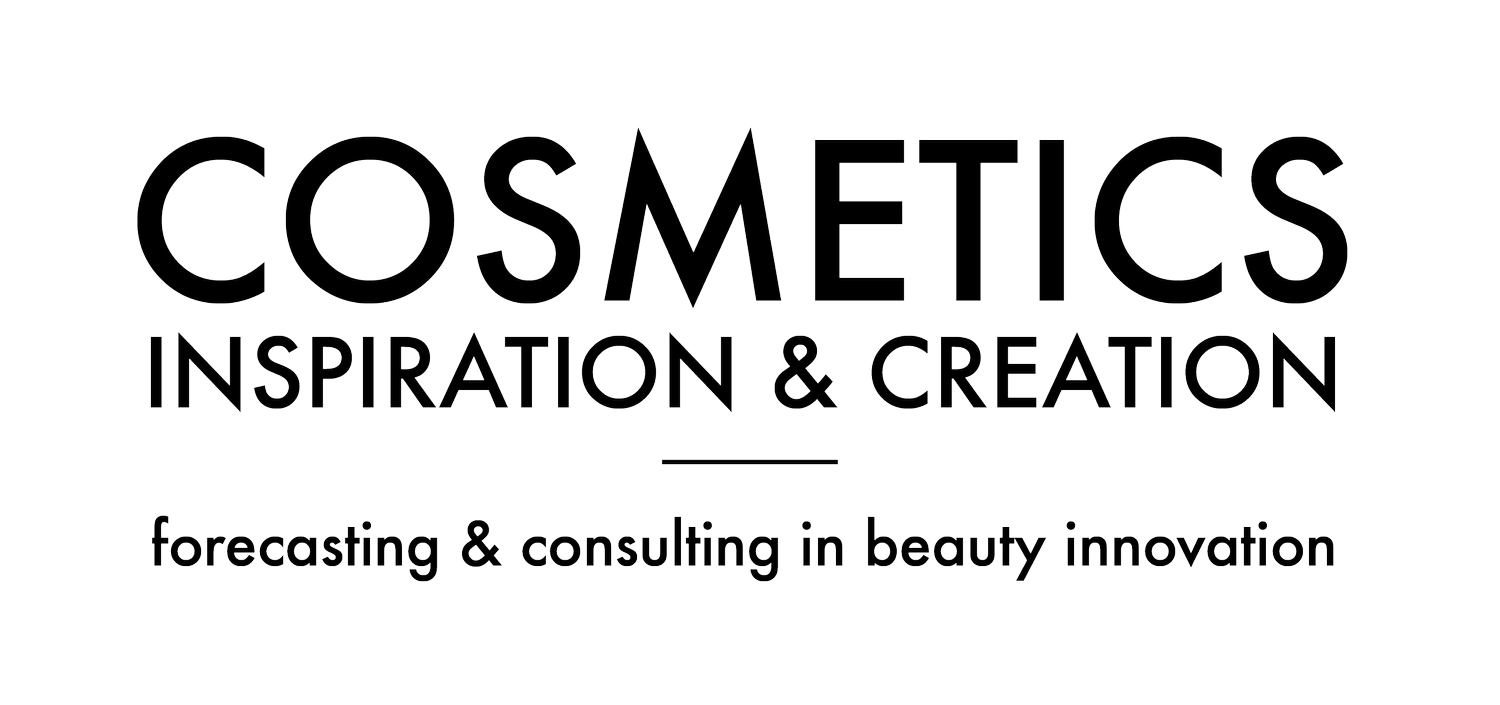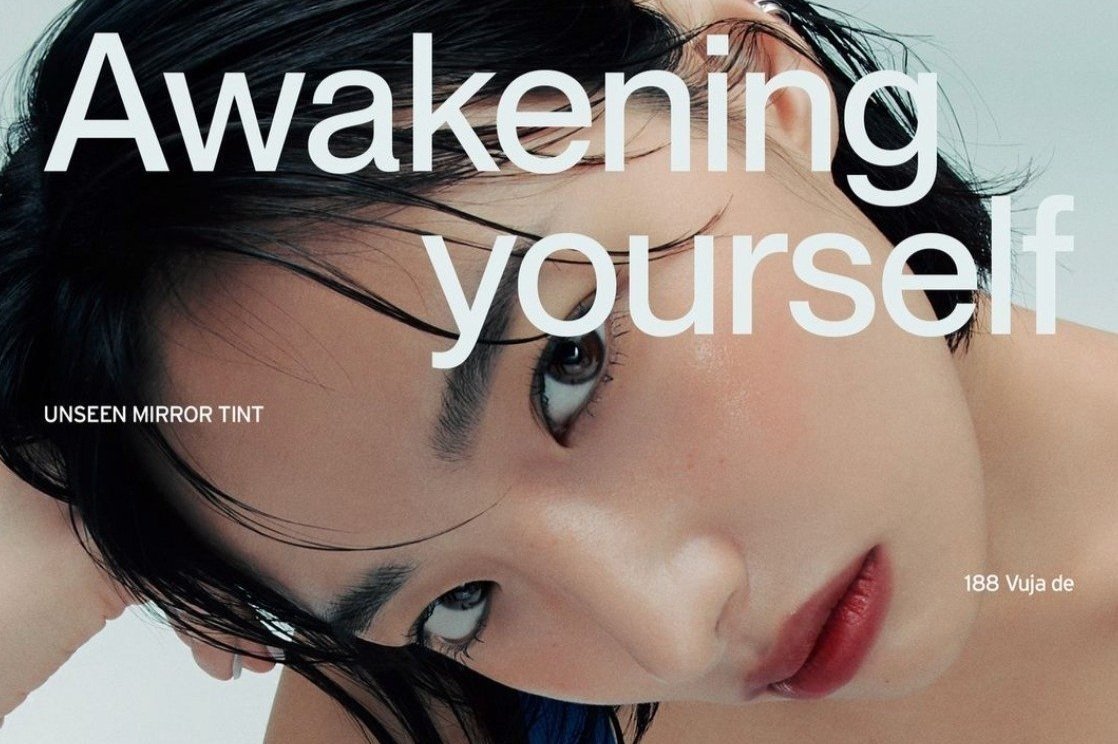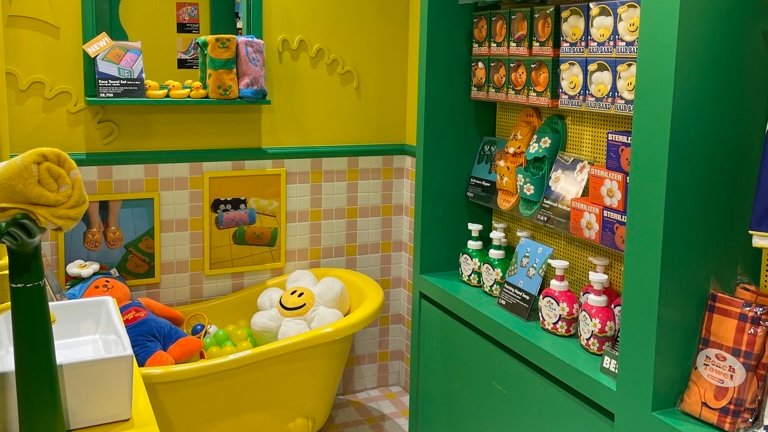Self-expression, equality, and independence: these are the prominent demands of young Korean women, who, despite continued obstruction, are pushing against established narratives to rewrite the rules of femininity.
Photo credit - Oddtype via Instagram
Our latest What’s Up Korea report delves into what has become one of the biggest social-cultural shifts in Korea - the rise of feminism and the emergence of new aesthetic codes. With 64% of Korean women in their 20s supporting feminism, this is an issue that is already influencing and shaping K-beauty trends, giving rise to gender-neutral, masculine, and rebellious looks.
Read on to discover key highlights from The Female Gaze - one of five key territories identified in our full What’s Up Korea report - as femininity is radically redefined by the next generation.
1. 4B BEAUTY
South Korea has had a recent history of bold feminist action, from the call to “free the corset” in the late 2010s to today’s radical “4B” movement. The formation of 4B marks an ideological shift as young Korean women mobilize to shake up societal expectations. The four "B’s" are based on the following four principles: Bihon (no to heterosexual marriage), Bichulsan (no to childbirth), Biyeonae (no to dating), and Bisekseu (no to heterosexual sexual relationships).
This radical new thinking bleeds into beauty, fuelling #utilitycore and #militarycore trends on social media, as women absorb traditionally masculine codes into their beauty sphere and K-pop idols proudly go makeup-free. At Seoul Fashion Week, highly functional and gorpcore-esque, clothing came in a muted, military palette that was echoed in the minimalist, colorless and barefaced makeup looks, spotted at Ajobyajo and BLR.
2. GRUNGE GODDESS
Breaking the rules of traditional makeup, the emergence of alternative looks is closely aligned with the rise of feminism. We are tracking a growing trend for glossy lids, hand-drawn freckles (+33.7% YoY increase in Naver searches - Spate NY Tool - Oct 2022 to Nov 2023 vs Oct 2021 to Nov 2022), dark under eyes, teeth gems, bleached eyebrows and piercings. At Fashion Week, the aesthetic was elevated at Vegan Tiger, where models sported exaggerated freckles and glossy lids, while at HEEYONGHeE, the only obvious sign of makeup was a dark purple undereye. Here, hair was almost greasy, with loose strands falling all over the face for a messy, don’t care look.
3. WARRIOR GLAM
Coming out fighting, young women are going to war with the patriarchy. South Korean women are being shown in a new, empowering light - from the success of the new feminist thriller Green Night (starring Fan Bingbing) to the bold feminist lyrics in the debut single of girl group Nugu. Against this backdrop, fashion and beauty are becoming key weapons to articulate women’s dissatisfaction with outdated ideologies. At Fashion Week, Holy Number 7 took inspiration from the boxing gym, with models sporting sparring gloves and head protectors as accessories. In beauty, a more sophisticated coolness emerges, far from the romantic and girly aesthetic that defines mainstream Korean tastes. New brands are inspiring consumers to embrace their individuality, such as the vegan-certified Oddtype, which proposes an embracing of individuality, and beauty that cannot be defined by one type. This brings a fresh perspective to the Korean beauty space, that breaks away from cliches.
THE COSMETICS IC TAKE
Shifting gender politics in Korea will have global implications for the beauty industry, as young Korean women move away from conventional beauty tropes to embrace more radical and expressive looks. This departure will have a huge impact on cosmetics innovation, changing the direction of the Hallyu beauty wave as brands must adapt to stay relevant to politically engaged and empowered consumers.
To get your copy of the full What’s Up Korea report, to arrange a personalised Seoul Inspiration Tour, or for a specialist Seoul Retail Report, contact us today.














